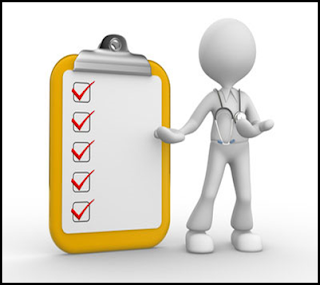
You are developing your product using agile and lean approaches.
How can you check your approach and distill improvements?
Health check of your product and your development approach are certainly a good solution.
This post is the third of a set of articles identifying health checks with different focus. We will identify strengths, potential weaknesses and hopefully find room for improvement.
What is your product strategy? How do you involve your customers and stakeholders?